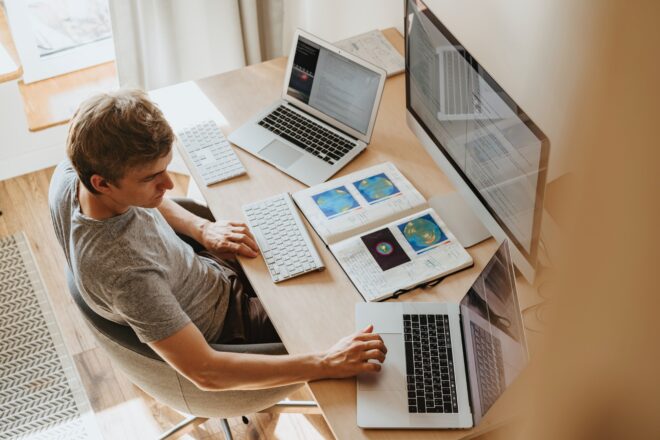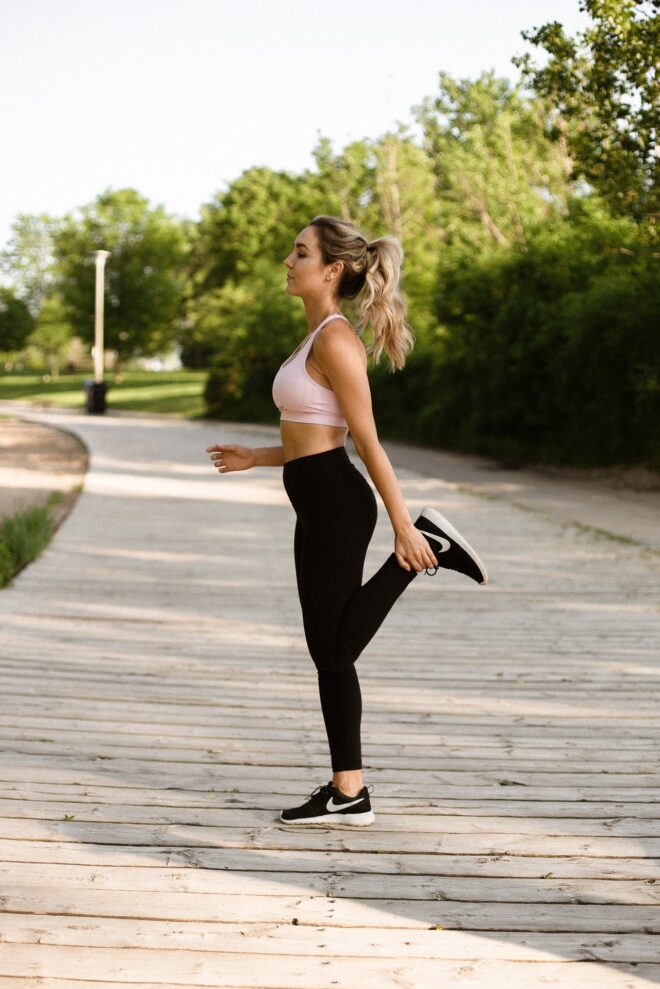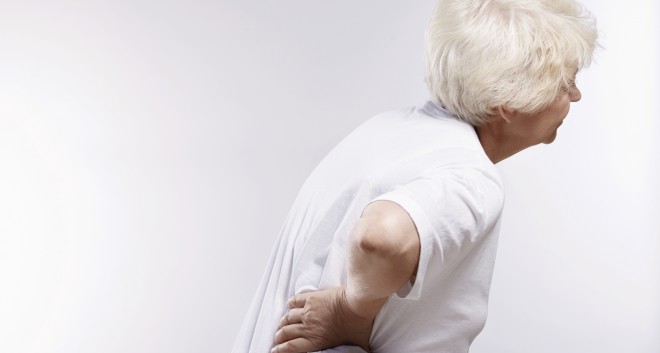
Clinic News
Are we there yet?... A common phase used by children on a long journey. It's certainly been a very long journey and a year ago we reopened our doors to many patients who found it hard to cope without our support. It made us appreciate not only how effective and essential chiropractic care is to our community but how loyal and trusting you all have been in continuing to seek our help and advice through very difficult times. It is this trust that has enabled us to carry on and continue to deliver the highest quality of service we can, so thank you.
It's been lovely to welcome so many of you back these last few weeks and see how you have been coping during these unprecedented times.
We are very excited that Anne the Acupuncturist has returned and her diary is filling up nicely again - she is in clinic on a Wednesday. Initial and follow up consultations are performed by virtual sessions followed closely by a hands-on face to face treatment at the clinic. For this reason, we have temporarily suspended her online booking facility so please call her directly to arrange sessions. Home - Anne Etherton Acupuncture (acupunctureuk.co.uk)
Sadly we say goodbye to Lucy who leaves us at the end of May to pursue a more part-time position in Leicester. We are sure you would like to join us in thanking her for helping us out over the last 18 months when Sophie was unable to work and wish her all the best for the future. We currently do not have a successor in place but be assured that Alex and Troy will be working hard to ensure a seamless transition for you to continue your care by way of an increase in both their hours to guarantee there are enough appointments for everyone so please do not panic.
Don't forget appointment availability can be viewed and booked online via the Jane App which you can easily access from the website. www.beestonchiropractic.co.uk/appointments/
Temporary increased security measures are still in place while we await the security system upgrade. The front door will be locked if reception is unattended - please try the door first.
What support can we offer you this month? Well we guess you are starting to return to the office even in a part-time capacity, maybe thinking about little holidays and certainly rebooting your sport and social activities.
So, a couple of top tips – Take a few minutes to set up your workstation correctly, especially if you are ‘hot desking’ at the office.
Off of a long car journey? Ensure your car seat is comfy and make sure you take regular breaks.
Let’s be sensible about returning to your favourite sports - don't forget you've not done them for at least four months so you can't pick up where you left off. Reign it in to 50-75% of what you were doing and build it up slowly - be kind to yourself.
For further help and advice check out the videos on the website and talk to your chiropractor at your next session. Videos – Beeston Chiropractic Clinic
Just before you go ... check out the May Walk challenge... #WalkThisMay

Minimising Back Pain at Work
Back pain while working is a constant topic of discussion, especially now that many of us are mixing working from home and the office. The majority of people work at a desk or table for long hours, which can put increased pressure on the structures of your spine – the vertebrae, discs, joints, ligaments, muscles and tendons. Although it is virtually impossible to avoid sitting, there are things you can do during the day to minimise back pain.
Not only choosing an appropriate chair, but ensuring it is set up correctly is an essential start your working day. So, spend a few minutes ensuring the chair height is adjusted and the seat tilts. Ideally the chair should have armrests they should be adjustable to the correct height. Choosing a chair with the right amount of lumbar support is crucial as well.
A proper sitting position should place your thighs sloping to the floor, creating a downward sloping line from your hips to your knees. Your feet should rest comfortably on the floor. If they don’t, a foot rest might be appropriate - but make sure your knees are still lower than your hips.
Sitting on an exercise ball or an air cushion -Sit Fit (ask in clinic for a try out), this also engages muscles in your body that would ordinarily be relaxed when sitting in a regular chair. Sitting on a ball or Sit Fit cushion also makes it more difficult to slouch since you need to be somewhat active in order to balance
Stretching once an hour is also very helpful in minimising back pain. Even if you are maintaining good sitting posture, taking regular breaks from sitting is important to prevent back pain. Even just standing up and sitting down again can rest your posture - set a timer to remind you.
Check out the video on the website or ask you chiropractor for more help and advice. Public Videos – Beeston Chiropractic Clinic

Move to Alleviate Back Pain
Sitting for a prolonged time causes hip flexors to tighten. This tightness could cause you back pain and your spine to become misaligned.
Your hip flexors are an important muscle group. If they are tight, your spine can become more unstable and painfully misaligned and pressure is added to your lower back as your muscles try to realign your spine.
Prolonged sitting is one of the biggest reasons for short hip flexors and they can tighten up if your core muscles are not working well. Tightness of the hip flexors will make your back arch more and put pressure on the spinal joints. It will also inhibit the core muscles of the stomach that support your spine, making it unstable and vulnerable to injury.
Tight hip flexors can result in a lot of pain and discomfort and it can even make the simplest everyday tasks challenging. Performing simple exercises and stretches every day will help to release tight hip flexors and improve your athletic performance. Here are two effective exercises and stretches to help loosen up your hip flexors and improve your mobility.
Pulse Lunges
- Assume a lunge position and make tiny pulsing movements to activate your hip flexors
- Repeat for 30 seconds on each leg for three sets
Reverse lunges with knee charge
- Stand with your feet shoulder width apart
- Take a step backwards with your right foot and lower into a deep lunge position
- Shift your weight onto your left foot and drive your right knee upwards, until your knee is parallel to the ground
- Repeat this movement for 3 sets of 10 repetitions on each leg
Hip Flexor Stretch
- Lie down on your back on your bed
- Shuffle to the edge so your left leg starts to hang over the side
- Bend the right leg and lift it so you can take hold of your right knee
- Bring it up towards your chest as far as you can and let the left leg fall down as far as you can
- Relax into this position and hold for 30 seconds, repeat 3 times on each side.
If you have an underlying knee or hip injury these may be difficult, so ask your chiropractor on how to perform something similar and effective for your condition.
Stretches and exercises that have been designed to relax, lengthen and strengthen your hip flexors are one important part in helping you protect your joints and improve your mobility. Improved mobility will ultimately prevent injuries from occurring.

Pelvic dysfunction is not life threatening – but it can be life limiting!
Many patients who suffer from knee, back or shoulder pain for example can attribute these issues to a pelvic dysfunction. While pelvic dysfunction is not life threatening it can be life limiting so find out how you can make small changes that may make a large difference.
Pelvic dysfunction often happens as a result of everyday awkward movements over time such as lifting heavy loads without care, sitting at a desk with bad posture, limping on a lower limb injury, falling on your knees or bottom, as well as during pregnancy and childbirth.
The pelvis acts as a transmitter of forces between the legs and the spine. Many important muscle groups attach to the pelvis, the thigh muscles from below and the muscles of the trunk from above. If the pelvic joints (sacroiliac joints and pubic symphysis) are not moving correctly this can cause an imbalance resulting in pain in many different places. It could be looked at as a core stabilizer, supporting the spine, legs and wide range of muscles, so when the pelvis is not working properly (hip is tilted out of position) it can cause pain, weakness and tightness that can travel through the hip and pelvis up into the shoulders and neck, it also commonly can cause referred pain down into the legs.
There are three distinct areas that may be affected as a result of Pelvic Dysfunction these include the hips, which can become achy, painful and inflamed, the lower back which due to impairment of stability and function of (hyperextension) of the muscles in the abdomen and lower back which can cause spinal joint (facet joint) injuries and finally, the knee and ankle which can be put under a lot of strain if weight is shifted to one side to compensate for the pelvic dysfunction.
You can do a simple test at home to help you look for obvious signs of pelvic dysfunction: stand barefoot in front of a mirror with your back straight but relaxed. Imagine a vertical line going straight down the middle of your body and a second line near your shoulders that is perfectly perpendicular to the first line. If your hips are out of alignment, your pelvis will appear diagonal rather than parallel to the second line meaning you have a lateral pelvic tilt. This could be a sign of pelvic dysfunction.

When to Use Hot or Cold Treatment for Back Pain
When you are suffering with back pain, whether it is in the neck, between the shoulder blades or in the lower back, it can sometimes be difficult to know what to do. Do you sit, rest, keep active, use heat or cold?
The most common cause of back pain is when the joints of the back become restricted due to abnormal stress such as, incorrect posture, degeneration and emotional stress. This causes tightening and inflammation around the joints resulting in muscles tightening in order to protect that area of the spine from further trauma. Muscle tightness causes the joint to be even more restricted in movement and therefore causes more joint inflammation and the cycle continues. People suffer from different types of back pain, some with tightening but others without, and therefore they will require a different treatment plan.
Chiropractors have the skill of removing joint restriction by using spinal adjusting to address the underlying problems of back pain. However, secondary problems of muscle tightness and joint inflammation require ongoing treatment so there are certain things a patient can do to relieve the pain.
Cold Treatment
- The recommended treatment for back pain without muscle tightness is a cold treatment. This is simply a cold pack applied to the injury, which acts like a painkiller reducing the inflammation.
- A Cold treatment can be used in any area of inflammation. i.e. spine or joint inflammation and restriction, knee swelling, sprained ankle etc.
Hot Treatment
For back pain with muscle tightness a hot pack is more suitable. Tight muscles are usually tender to touch, you can sometimes feel pea-sized knots and crystals in the muscle, heat relaxes the muscle and improves flexibility. Hot treatment can be used alone over tight muscles when they have contracted due to overuse, or ache following being used in a different way.
Hot & Cold Treatment
Leaving a hot pack on the spine for a long time can increase the inflammation and cause the pain to increase. In this case once relaxation has occurred a cold pack is placed over the area to help decrease the joint inflammation.
It is always best to consult a Chiropractor first but the advice is not to rest, but to try and keep active, manoeuvring the joint at least every 20 – 30 minutes. Combine this with the hot or cold method of treatment and you will help relieve the pain resulting in a quicker recovery.
We treat all conditions that affect any muscle or joint in your body, from your head to your little toe! One of the most common complaints that we treat is back pain and Chiropractic is recommended by the government authority, the National Institute for Clinical Excellence (NICE) for acute and chronic back pain. Some of the other conditions that we treat are neck and headache, shoulder pain, leg and hip pain, knee and foot pain, sciatica and arthritis. Our registered Chiropractors all have at least five years of training. Treatment costs can be covered through most health insurers. If you are in any doubt, we are always very happy to talk with you on the phone to see if your condition will respond well to Chiropractic treatment. Call the clinic now to arrange an appointment time that works for you. 0115 9225085 If you would like to opt-out of receiving these newsletters please follow the unsubscribe link below, email alex@beestonchiropractic.co.uk or let us know at your next appointment.





